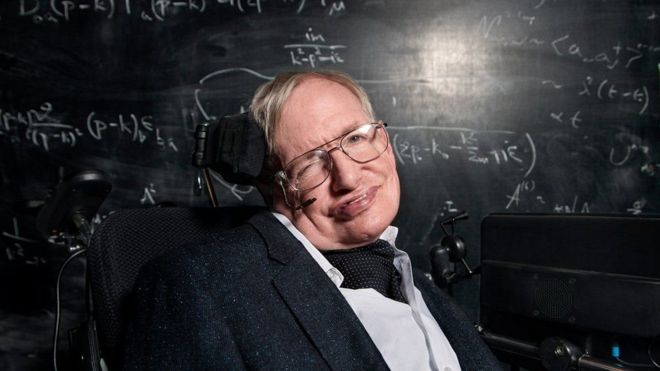Stairway to Heaven: the Virtual Telescope Project and Tenagra Observatories, Ltd. partner for an unprecedented adventure to explore the Cosmos in real-time, online and available to the world through the internet.
There are unique paths destined to cross. And when they do, something epic happens.
Such an “epic occurrence” has just happened. Tenagra Observatories, Ltd., and the Virtual Telescope Project, will provide to people all over the planet an exceptional, new way to explore the Cosmos live and from the comfort of their homes.
Both Tenagra Observatories, Ltd., in Arizona (USA) and the Virtual Telescope Project in Italy each has a long story of success, discoveries and unprecedented records, with excellent reputations as unique facilities on the global astronomical arena.
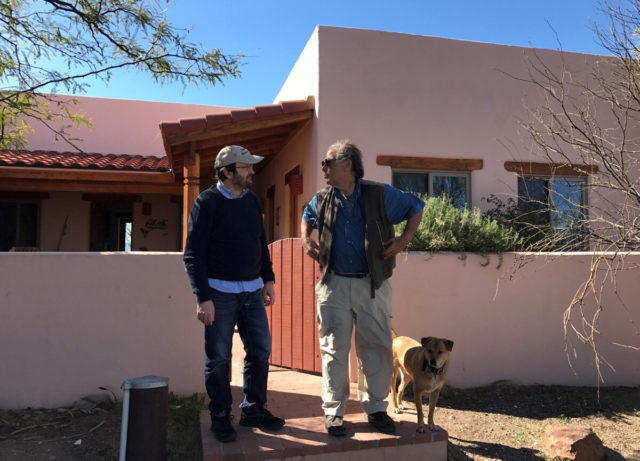
Gianluca Masi (left) and Michael Schwartz (right) at Tenagra Observatories
Tenagra Observatories, Ltd., invented internet based Astronomy late in the ‘90s. It was founded by Michael Schwartz, who wanted no less than a system able to capture valuable scientific data under the stars while sleeping and enjoying his many other areas of interest. Soon, Tenagra Observatories became the most efficient, fully robotic astronomical facility on the planet and its telescopes were regularly and intensively used by the most important scientific Institutions in the world.
The first Tenagra Observatory was officially dedicated in the Spring of 1995 in Cottage Grove, Oregon, USA and continues to operate at the time of this writing with much larger facilities near Patagonia, Arizona. The director and prime mover is still Michael Schwartz.
Michael has given many public lectures, has been featured in a DVD produced by Space.com, has traveled all over the world to major and historical observatories, has hosted professional astronomers from all over the world, has written for Sky & Telescope among many local Arizona outreach endeavours. Michael has also met with Carl Sagan and Neil de Grasse Tyson. He is a charter member of The Planetary Society created by Dr. Sagan.
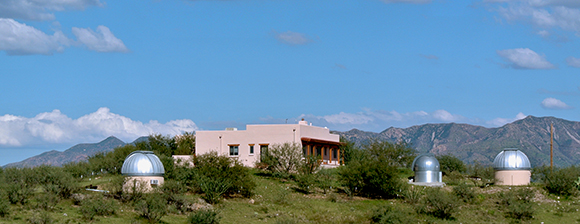
Tenagra Observatories in Arizona
The Magic: Not only internet accessibility to professionals and high end amateurs, but unattended batch processing, a most challenging task still not used in many of the world’s largest professional observatories. This means pre-night scheduling to optimize observations in an intelligent manner.
It is impossible to cover the ground breaking scientific work and the many discoveries done at the now legendary Tenagra Observatories, ranging from supernovae to gamma-ray bursts, from near-Earth objects to comets.
As of January 1, 2015, Michael Schwartz and collaborators began work exclusively under the NASA grant #NNX15AE89G for a period of 3 years. Tenagra’s NASA mandate is to track and recover near-Earth asteroids (NEOs), making Tenagra Observatories, Ltd., a major player in the world of NEO tracking but also the best installation in the world for finding NEOs as they come around to visit the Earth a second time. They may miss us the first time after discovery, but they may hit the Earth when they visit the second time.
The Virtual Telescope Project, founded by astrophysicist Gianluca Masi, started its current scientific endeavours in 2006, offering to the world a never-seen before experience: exploring the Cosmos in real-time, sharing live images on the web, with a live commentary by a professional astrophysicist skilled in science communication and chats to meet and discuss with him and all those joining the journey.
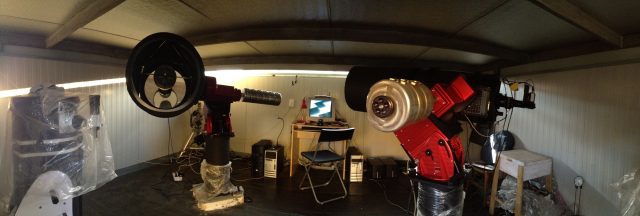
The telescopes used as part of the Virtual Telescope Project
Initially, its fully robotic telescopes were intended to support Gianluca Masi’s observing needs for his own researches, spanning from asteroids to cataclysmic variable stars and exoplanets, eliminating the need for the scientist to travel back and forth from the observatory. Soon after he recognized the potential of a powerful telescope connected to the internet, able to share the beauty of the Cosmos with the public in real time, with the bonus of a live commentary from himself. This made history.
Gianluca’s endeavours over the years, thanks to a lot of science and discoveries (from asteroids to exoplanets and cataclysmic variable stars) and many memorable live webcasts sharing the most impressive astronomical events with the world (such as NEOs, comets, eclipses, cosmic cruises), made possible for the Virtual Telescope Project to gain a world-wide reputation. It contributed to every medium on the planet: Newspapers, Magazines, public speaking, television, radio and the internet. On the internet, millions of people from virtually every Country on the globe, had a chance to explore the Cosmos in real-time, via Gianluca’s live webcasts.
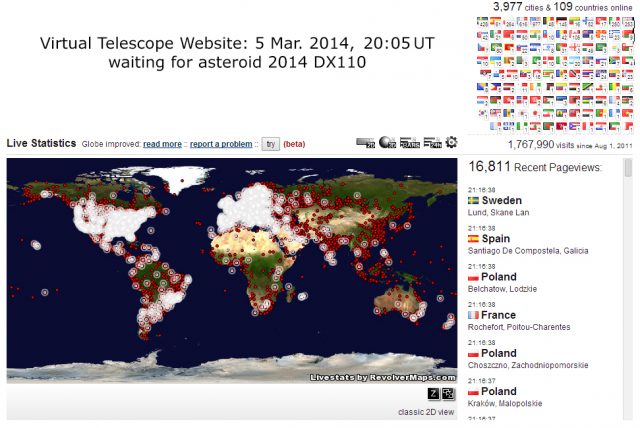
Asteroid 2014 DX110 event: almost ready to go!
A state-of-the-art technological heart and a very passionate soul helped the Virtual Telescope to win one of the hardest tasks for a scientist: running a highly respected scientific project, doing at the same time first rate public outreach, becoming the leader of the field. All this running thanks to a single person, with no funds, surviving thanks to donations. History says how greatly it worked and now it is time to expand this and make something unique again.
In “everyday life” (if such a thing exists for either of them!), Michael Schwartz and Gianluca Masi have been the best of friends for more than 15 years, sharing philosophies, arts and visions of the future as wells as visits by both to each other’s facilities. Both consider themselves to be “citizens of the world” along with dedicated translators of the Cosmos to a public hungry to learn.
Only the First Step
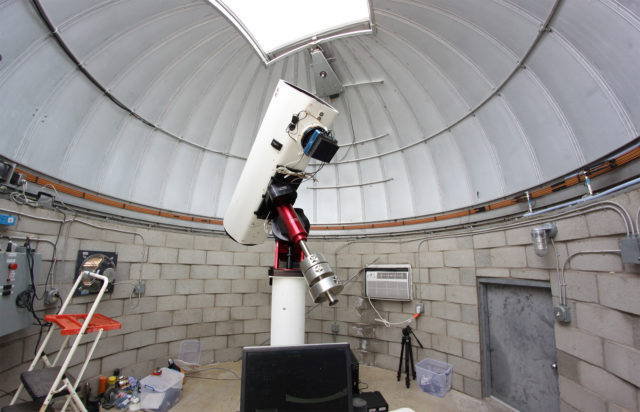
The Tenagra III (“Pearl”) robotic unit available at Tenagra Observatories
Michael Schwartz has granted Gianluca 100% exclusive usage of his 16” robotic unit, named “Pearl”, in Arizona. This cooperation between Tenagra Observatories, Ltd., and the Virtual Telescope Project, both highly respected worldwide, will set a new standard in offering astronomical knowledge and online science outreach. The difference in time zone (8 hours) offers a unique opportunity: the real-time observation of the American night sky during the daily, rush hours of Europe.
“It is for me a unique pleasure to work with a scientist and a good friend like Michael Schwartz”, Gianluca Masi said. “I’ve been looking at Tenagra Observatories and Michael’s work as a symbol of excellence for years and having it supporting now the Virtual Telescope is more than a dream coming to be: it is so exciting!”
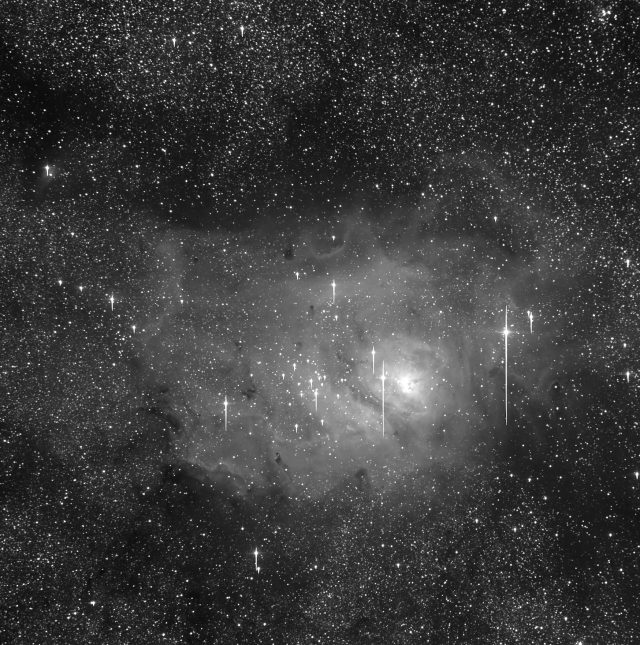
Messier 8, the “Lagoon” nebula, imaged with the 16″ telescope at Tenagra Observatories
“Having access to a high-tech telescope in the dark skies of Arizona, which has discovered 11 comets and many near-Earth asteroids, at more than 1300 meters above the sea level, in the Sonoran desert, will offer simply unique imaging opportunities and this will enrich a lot the outreach offer which made the Virtual Telescope Project the leading facility for public, real-time, online astronomical observations”, Masi adds.
Beginning February, 2018 Tenagra Observatories will add its 32” fully automated telescope to this joint venture. This is also fully robotic and will allow for the most serious of astronomical research and be able to capture astronomical phenomenon to those that are very dim, but even more revealing about the secrets of the Cosmos.
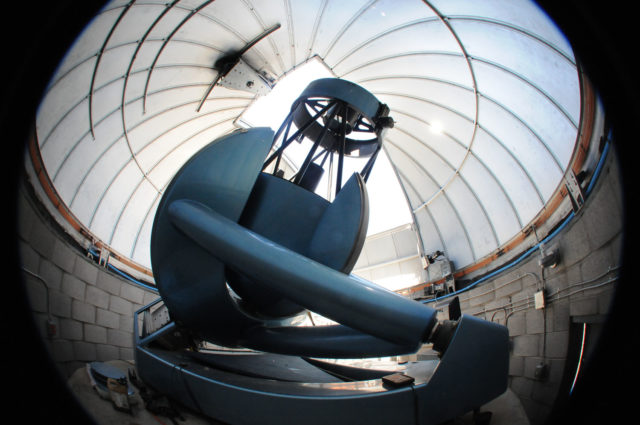
“Big Blue”, the 32″ robotic telescope joining early next 2018
This joint adventure connecting Tenagra Observatories and the Virtual Telescope Project is one of the most interesting news in the astronomical arena for research and public outreach in the 21rst century. We invite the world to join us on this wonderful adventure and the meeting of two people who are citizens of the Cosmos, not only citizens of world.
*** To celebrate this partnership, next 16 June, starting at 09:30 UT we will offer a stunning online, live observing session. During the live feed, we will announce the calendar of the future webcasts involving the telescope in the US. ***
Contacts:
Michael Schwartz – Tenagra Observatories, Ltd.
Gianluca Masi – The Virtual Telescope Project
Support The Virtual Telescope Project!
If everyone reading this right now would donate something, our fundraiser would be done in a few days. Please, donate and receive an exclusive, LIMITED EDITION image of potentially hazardous asteroids taken by the Virtual Telescope, specifically made for supporters like you!





